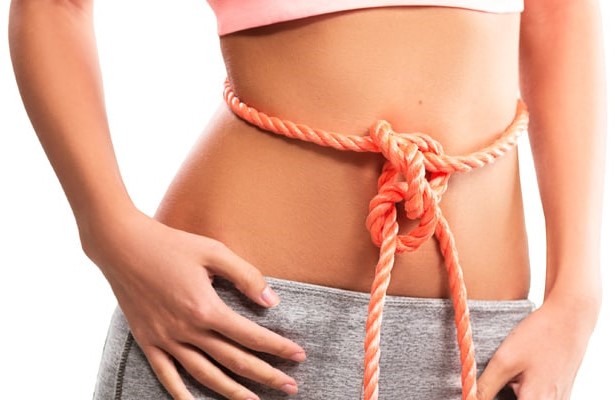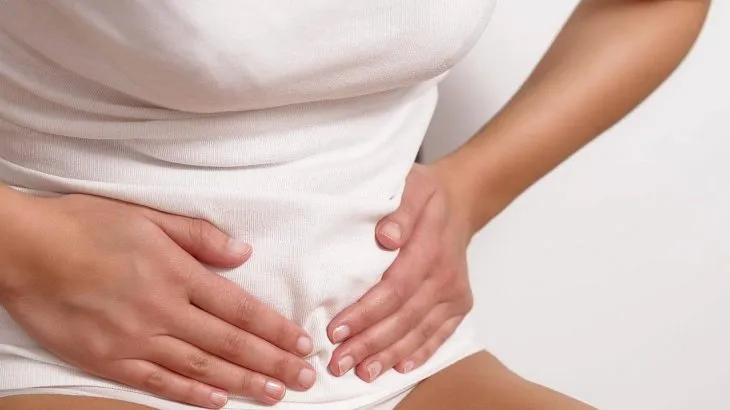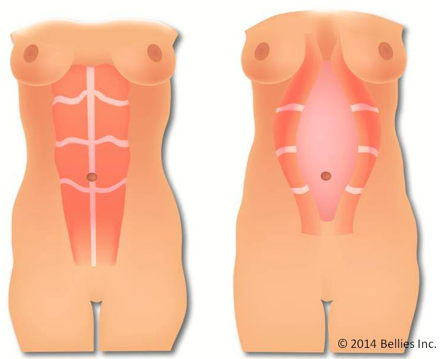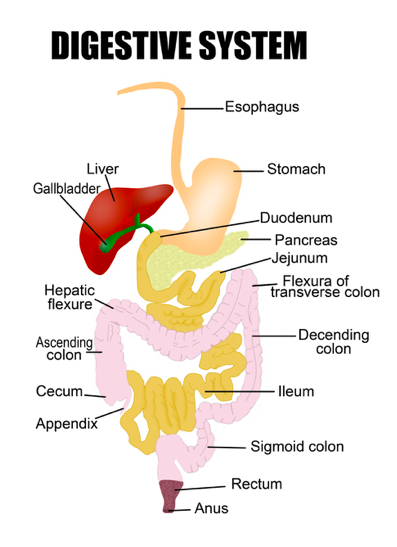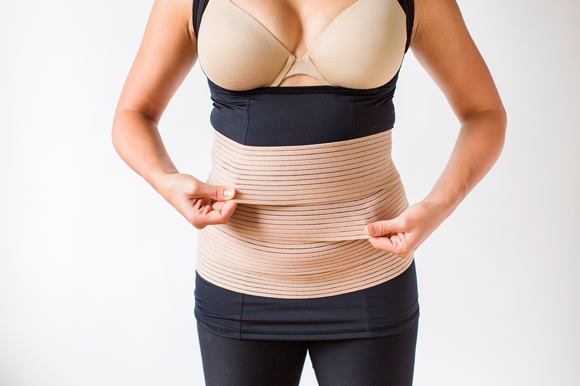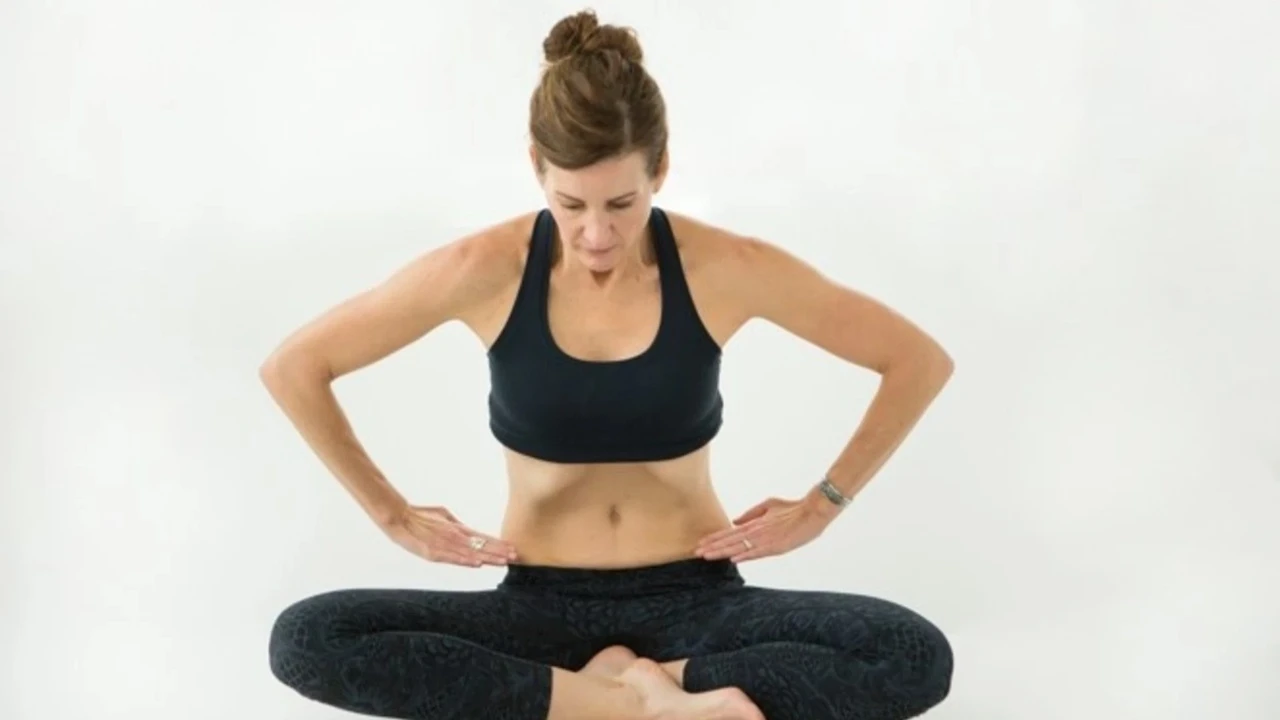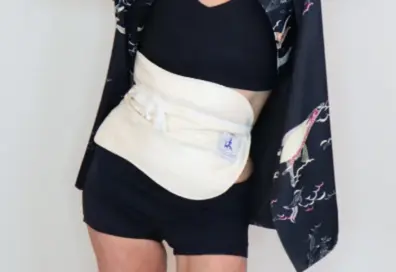
Can I do a Castor Oil Pack without the pack / compress?

Can I do a Castor Oil Pack without the pack / compress?
Written by: Heather Tanti RPN (non-practicing)
Medically reviewed by: Marisol Teijeiro N.D. (inactive) & Melanie Swackhammer B.A.
Est. reading time: 10 minutes.
So, you’ve heard of Castor Oil Packs because you’ve been prescribed them from your Naturopathic Doctor, Functional Medicine Practitioner, or maybe you’ve heard about them from your favorite natural health influencer, right?
You love the idea of them because of all the amazing benefits, like…
- Improved bowel movements1and better absorption2
- Reduced core inflammation3
- Liver detox4 and microbiome gut health5-6-7-8
- Enhanced relaxation and better sleep9-10-11-12
While an interesting protocol, seed cycling for hormone imbalance requires the patient to ingest seeds like flax, pumpkin, sesame and sunflower on specific weeks of their cycle.
BUT you can’t help but think to yourself… “Do I need the compress for Castor Oil Packs?”
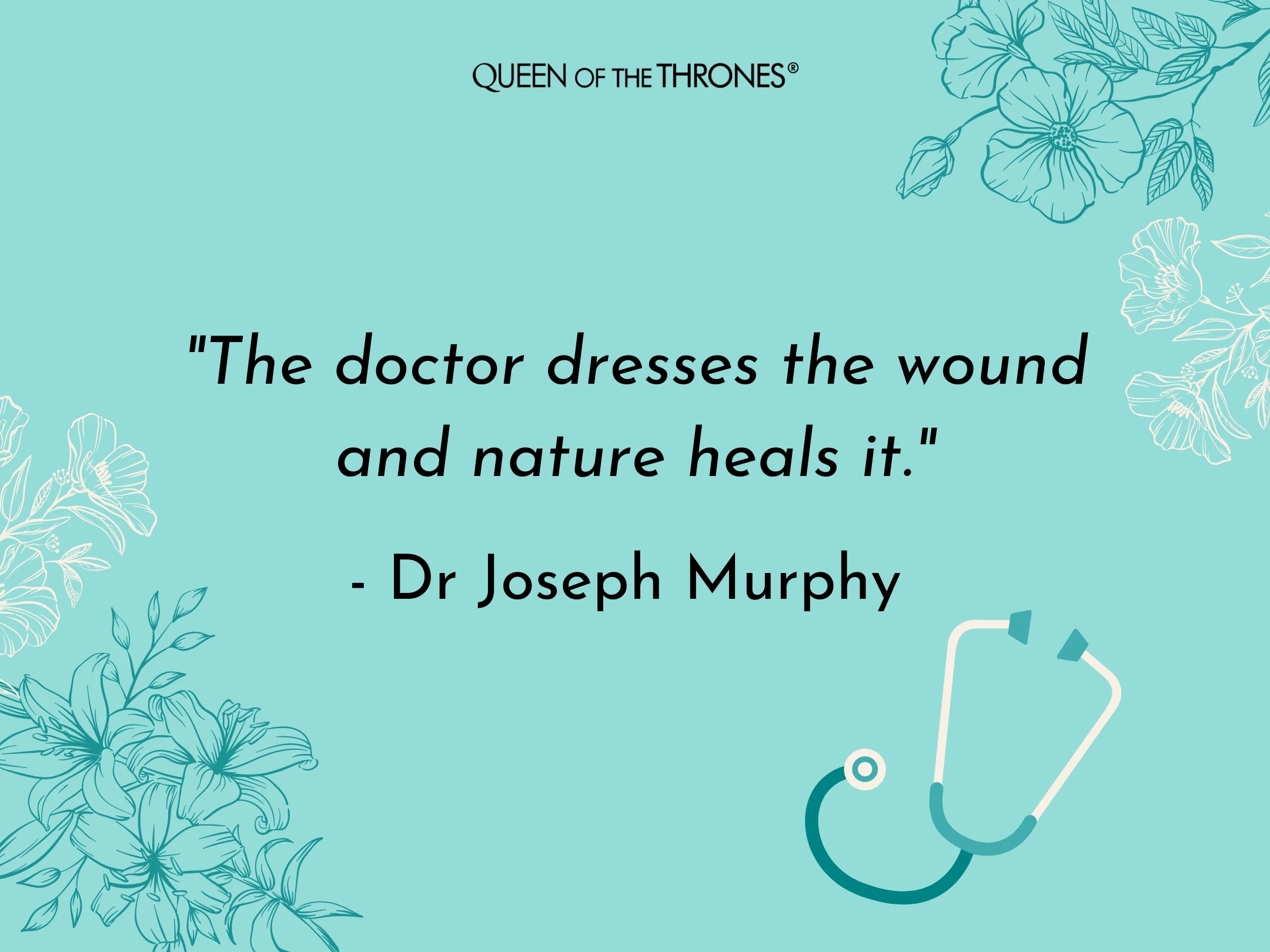
“Why can’t I just rub Castor Oil on my stomach, throw an old t-shirt on, and call it a day?”
Call it a pack, a compress, or a wrap, either way, if you want the benefit of the Queen of the Thrones® Castor Oil Pack for Liver Kit or Castor Oil Pack for Fertility, you need it to get the job done properly.
Sounds like I’m trying to sell you something, agreed? Well, you are right, essentially.
I’m selling you on the benefits of this ancient health practice, and doing it the right way as it was intended, thankfully now with some easy tools created by a Naturopathic Doctor, for herself, her patients and her practice, to help her patients comply and get the results they were looking for.
You see, with the nightly repetition of your Castor Oil Pack, the oil is only 50% of the treatment effect, the main purpose isn’t necessarily the oil, although most people think that it is.
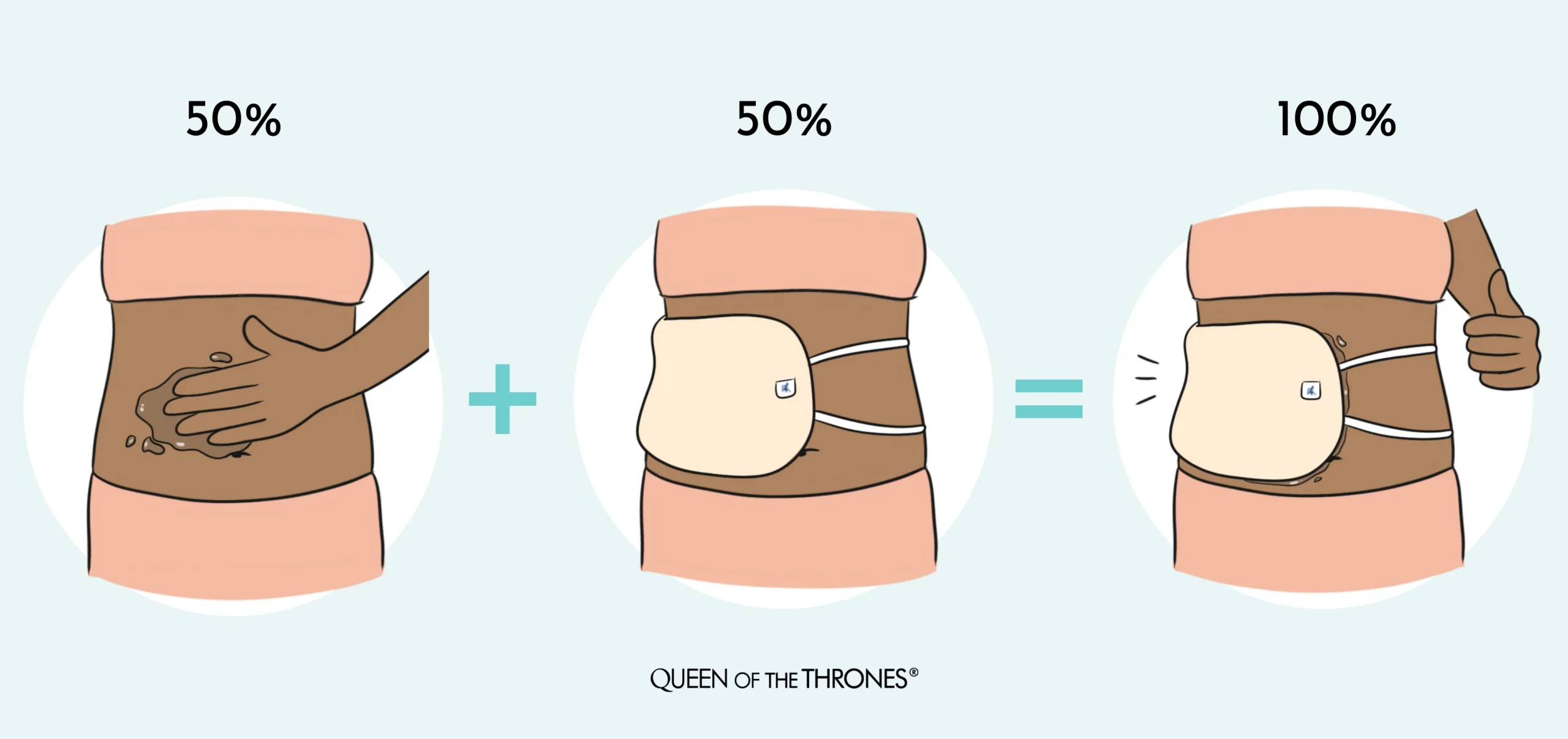
The oil is supportive to reduce inflammation from the outside in, but what supports the body most is actually the use of the compress with the health-promoting action of CASTOR OIL.
Together, castor oil and the compress, pack or wrap, as people call it, have been used for centuries, and has since established its place in medicine.
But, like everything…
A Castor Oil Pack treatment must be done the right way, using the right tools.
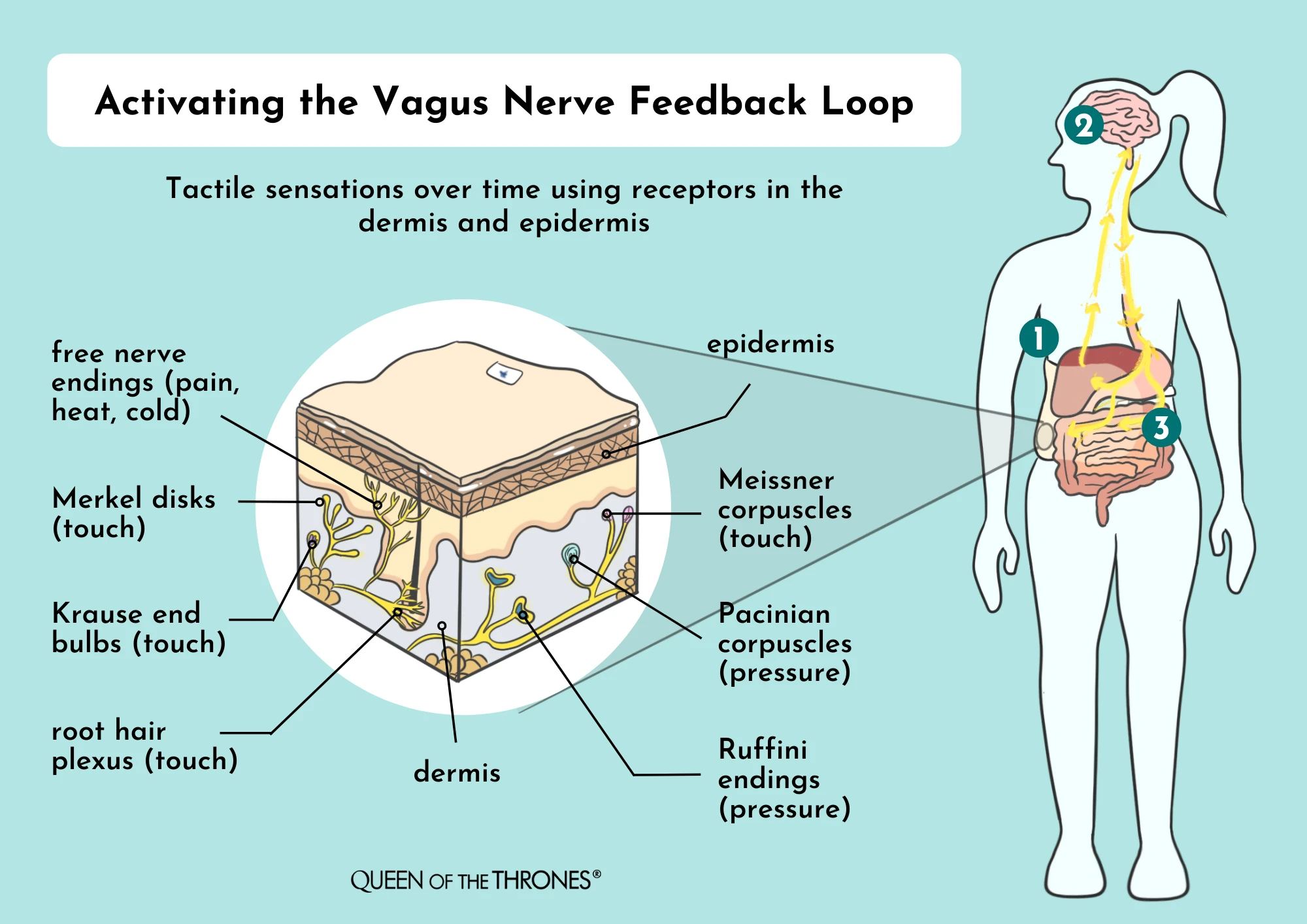
It’s become a habit to skip a step, and to simply rub or roll on the Castor Oil over the liver, belly or pelvic region, or wherever else you may use the pack. Although this does provide benefit, we are missing the effect from the compress. Think of it like one large physiological bandage for your liver, pelvic region or belly.
The effect of a bandage is to draw the attention of the nervous system, by stimulation of the skin receptors, c-tactile receptors as well as others. This nervous system stimulation through the skin, actually acts as an escape button, to shift the body into the parasympathetic relaxed state,13-14-15-16 activating the Vagus nerve.
In addition, the pack keeps in heat, which, based on the principle of hydrotherapy, supports circulation and increases blood flow. With this comes nutrients and healing factors.
Plus, the pressure of the pack supports deeper permeation of the oil, which already is able to permeate the dermis, unlike other oils, so true activity can be realized.
Loving what you’re reading?
When Castor Oil is simply applied topically, without the pack, it’s as simple as a skin emollient.
This is why one cannot do what has been called the ‘ lazy mans’ Castor Oil Pack’, which is the practice of just applying oil to your skin and skipping the compress altogether.
You might be wondering, why does the compress matter this much?
Well, worn nightly as a compress, your Queen of the Thrones ® Castor Oil Pack has parasympathetic promoting effects, according to dermatological scientific research on neuro reaction to material softness and oil sensations on skin.17-18
In turn, this supports a shift into the parasympathetic nervous system, rest, digest and detox state, which is key to improving hormone imbalances and gut health. Sounds amazing, agreed?
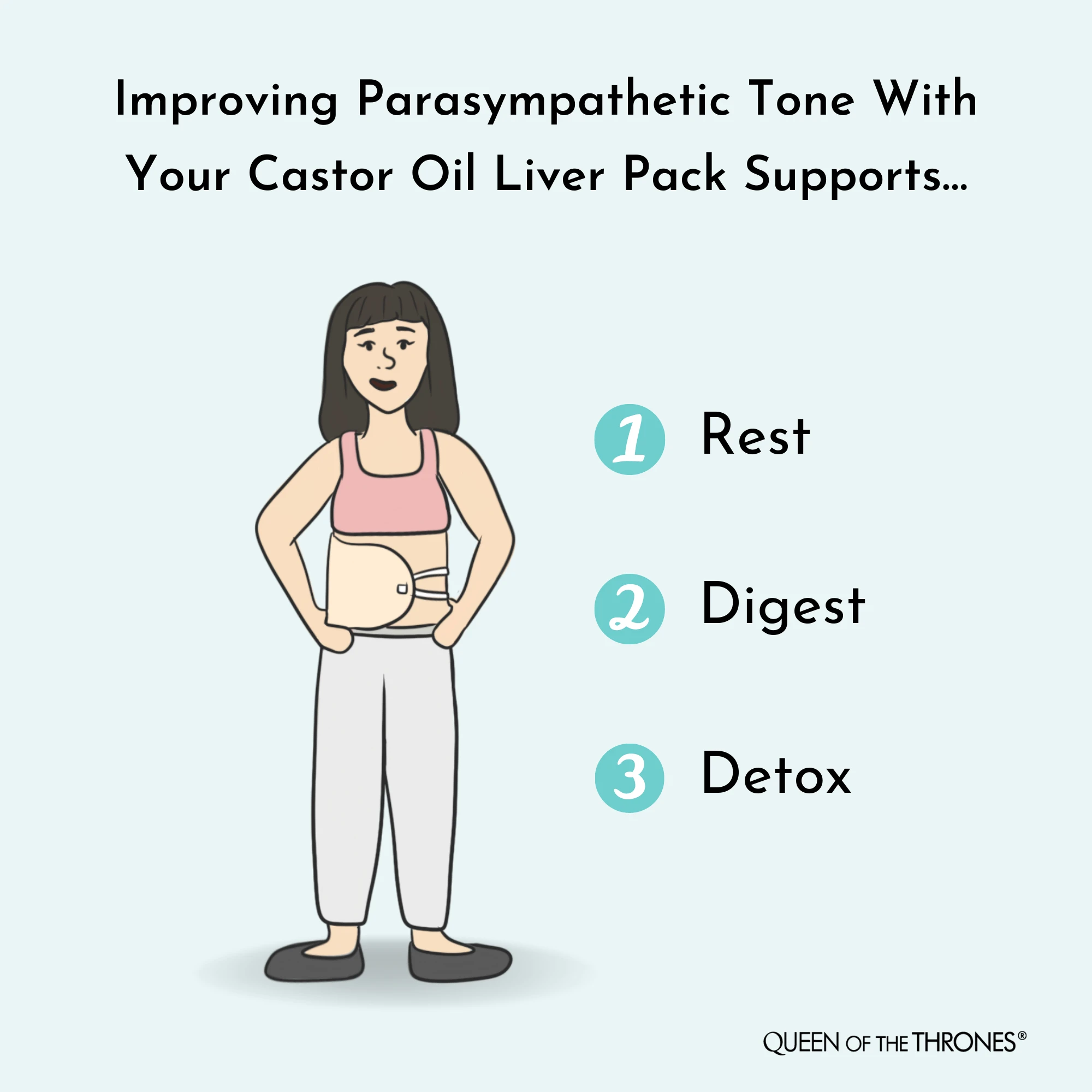
Applying Castor Oil topically to your skin with your Castor Oil Pack compress, allows it to work from the outside IN.
But how does your Castor Oil Pack practice do this?
You see, Castor Oil is known as a carrier oil, meaning, due to its molecular weight of ricinoleic acid19 (the major triglyceride chain making up approximately 90% of Castor Oil), it is effective topically, and only requires a minimal daily dosage.
It takes less than 2 tablespoons of Castor Oil placed on the pack at night, and much stays on the flannel, making it much less messy, and more convenient than traditional Castor Oil treatments. Amazing, agreed?
Repetitive nightly practice is like the training of the olympian athlete. Stay with me here.
The more you repeat it, the more your body can naturally bring on the relaxed state and shift from the sympathetic stressed state of hormonal imbalance, leaky gut and metabolic syndrome, to a calm, balanced parasympathetic state, all due to nightly application.
In chronobiology medicine, this is known as entrainement.20-21
Our bodies are entrained by 2 factors:
- An internal genetic body clock
- An external zeitgeber
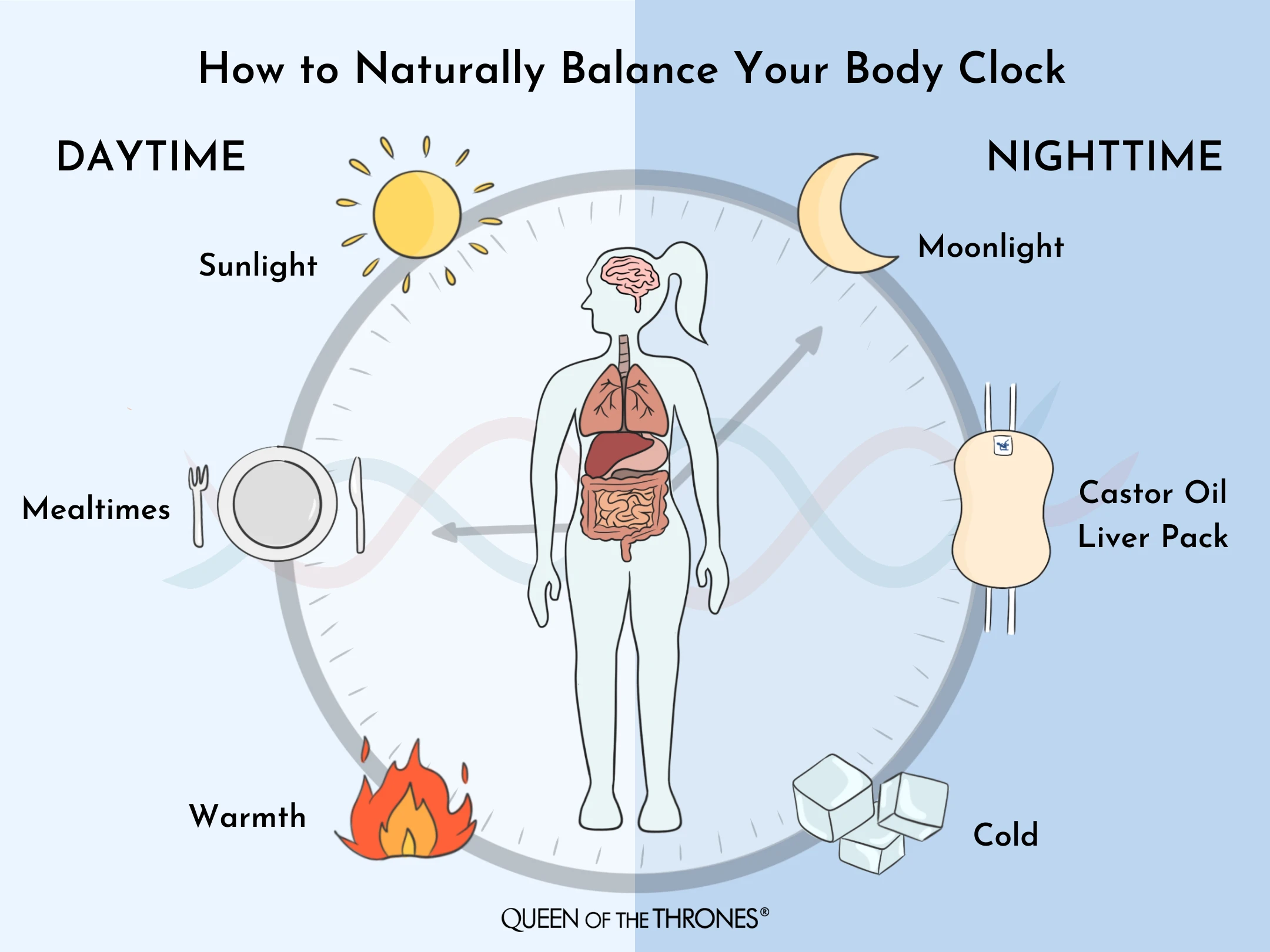
Are you a practitioner, health coach or wellness influencer? If you’re interested in recommending our easy-to-use tools and practically applying them in your health and wellness professional practice, in clinic, or online with the people you serve, you can join now!
Click here for references
1. Holm T, Brøgger-Jensen MR, Johnson L, Kessel L.Glutathione preservation during storage of rat lenses in opti-sol-GS and castor oil. PLoS One. 2013 Nov 19;8(11):e79620. Doi: 10.1371/journal.pone.0079620. eCollection 2013. PMID: 24260265
2. Boddu SH1, Alsaab H2, Umar S3, Bonam SP2, Gupta H2, Ahmed S3. Anti-inflammatory effects of a novel ricinoleic acid poloxamer gel system for transdermal delivery. Int J Pharm. 2015 Feb 1;479(1):207-11. doi: 10.1016/j.ijpharm.2014.12.051. Epub 2014 Dec 24.
3. Vieira C et al. .Effect of ricinoleic acid in acute and subchronic experimental models of inflammation. Mediators Inflamm. 2000;9(5):223-8 PMID: 11200362.
4. Holm T, Brøgger-Jensen MR, Johnson L, Kessel L.Glutathione preservation during storage of rat lenses in opti-sol-GS and castor oil. PLoS One. 2013 Nov 19;8(11):e79620. Doi: 10.1371/journal.pone.0079620. eCollection 2013. PMID: 24260265.
5. Andrade IM1, Andrade KM2, Pisani MX1, Silva-Lovato CH1, de Souza RF1, Paranhos Hde F1.Trial of an experimental castor oil solution for cleaning dentures. Braz Dent J. 2014 Jan-Feb;25(1):43-7.PMID: 24789291
6. Badaró MM, Salles MM, Leite VMF, Arruda CNF, Oliveira VC, Nascimento CD, Souza RF, Paranhos HFO, Silva-Lovato CH. Clinical trial for evaluation of Ricinus communis and sodium hypochlorite as denture cleanser.J Appl Oral Sci. 2017 May-Jun; 25(3):324-334. PMID: 28678952
7. Salles MM, Badaró MM, Arruda CN, Leite VM, Silva CH, Watanabe E, Oliveira Vde C, Paranhos Hde F. Antimicrobial activity of complete denture cleanser solutions based on sodium hypochlorite and Ricinus communis – a randomized clinical study.J Appl Oral Sci. 2015 Nov-Dec; 23(6):637-42. PMID: 26814466.
8. Marcela Moreira Salles, Maurício Malheiros Badaró, Carolina Noronha Ferraz de Arruda, Vanessa Maria Fagundes Leite, Cláudia Helena Lovato da Silva, Evandro Watanabe, Viviane de Cássia Oliveira, Helena de Freitas Oliveira Paranhos, Antimicrobial activity of complete denture cleanser solutions based on sodium hypochlorite and Ricinus communis – a randomized clinical study. Randomized Controlled Trial J Appl Oral Sci Nov-Dec 2015;23(6):637-42. doi:10.1590/1678-775720150204. PMID: 26814466.
9. Walker SC1, Trotter PD2, Swaney WT2, Marshall A3, Mcglone FP4. C-tactile afferents: Cutaneous mediators of oxytocin release during affiliative tactile interactions? Neuropeptides. 2017 Aug;64:27-38. doi: 10.1016/j.npep.2017.01.001. Epub 2017 Jan 19. PMID: 28162847.
10. Rolls ET et all. Representations of pleasant and painful touch in the human orbitofrontal and cingulate cortices. Cereb Cortex. 2003 Mar;13(3):308-17. PMID: 12571120.
11. Francis S, Rolls ET, Bowtell R, McGlone F, O’Doherty J, Browning A, Clare S, Smith E. The representation of pleasant touch in the brain and its relationship with taste and olfactory areas. Neuroreport. 1999 Feb 25;10(3):453-9. PMID: 10208571.
12. Löken LS, Wessberg J, Morrison I, McGlone F, Olausson H. Coding of pleasant touch by unmyelinated afferents in humans. Nat Neurosci. 2009 May;12(5):547-8. Epub 2009 Apr 12. PMID: 19363489.
13. Walker SC1, Trotter PD2, Swaney WT2, Marshall A3, Mcglone FP4. C-tactile afferents: Cutaneous mediators of oxytocin release during affiliative tactile interactions? Neuropeptides. 2017 Aug;64:27-38. doi: 10.1016/j.npep.2017.01.001. Epub 2017 Jan 19. PMID: 28162847 https://www.ncbi.nlm.nih.gov/pubmed/28162847
14. Rolls ET et all. Representations of pleasant and painful touch in the human orbitofrontal and cingulate cortices. Cereb Cortex. 2003 Mar;13(3):308-17. PMID: 12571120 https://www.ncbi.nlm.nih.gov/pubmed/12571120.
15. Francis S, Rolls ET, Bowtell R, McGlone F, O’Doherty J, Browning A, Clare S, Smith E. The representation of pleasant touch in the brain and its relationship with taste and olfactory areas. Neuroreport. 1999 Feb 25;10(3):453-9. PMID: 10208571 https://www.ncbi.nlm.nih.gov/pubmed/10208571.
16. Löken LS, Wessberg J, Morrison I, McGlone F, Olausson H. Coding of pleasant touch by unmyelinated afferents in humans. Nat Neurosci. 2009 May;12(5):547-8. Epub 2009 Apr 12. PMID: 19363489 https://www.ncbi.nlm.nih.gov/pubmed/19363489.
17. Francis S, Rolls ET, Bowtell R, McGlone F, O’Doherty J, Browning A, Clare S, Smith E. The representation of pleasant touch in the brain and its relationship with taste and olfactory areas. Neuroreport. 1999 Feb 25;10(3):453-9. PMID: 10208571 https://www.ncbi.nlm.nih.gov/pubmed/10208571.
18. Löken LS, Wessberg J, Morrison I, McGlone F, Olausson H. Coding of pleasant touch by unmyelinated afferents in humans. Nat Neurosci. 2009 May;12(5):547-8. Epub 2009 Apr 12. PMID: 19363489 https://www.ncbi.nlm.nih.gov/pubmed/19363489.
19. PubChem [Internet]. Bethesda (MD): National Library of Medicine (US), National Center for Biotechnology Information; 2004-. PubChem Compound Summary for CID 643684, Ricinoleic acid; [cited 2022 Mar. 31].
20. Golombek DA, Rosenstein RE. Physiology of circadian entrainment. Physiol Rev. 2010 Jul;90(3):1063-102. doi: 10.1152/physrev.00009.2009. PMID: 20664079.
21. Kronfeld-Schor N, Dominoni D, de la Iglesia H, Levy O, Herzog ED, Dayan T, Helfrich-Forster C. Chronobiology by moonlight. Proc Biol Sci. 2013 Jul 3;280(1765):20123088. doi: 10.1098/rspb.2012.3088. PMID: 23825199; PMCID: PMC3712431.
Disclaimer
Disclaimer: Any opinions, advice, statements, services, offers, information or content expressed or made available by third parties, including information providers, are those of the respective authors or distributors. Neither Queen of the Thrones® nor any third-party provider of information guarantees the accuracy, completeness, or usefulness of any content. This communication does not create a doctor-patient relationship. Information provided does not replace the advice of your health care practitioner. If you happen to purchase anything we promote, in this or any of our communications, it’s likely Queen of the Thrones® will receive some kind of affiliate compensation. Still, we only promote content and products that we truly believe in and share with our friends, family and patients. If you ever have a concern with anything we share, please let us know at care@queenofthethrones.com. We want to make sure we are always serving Our Queendom at the highest level.

